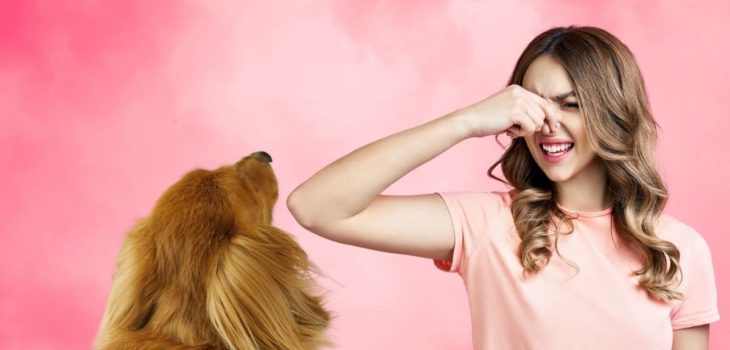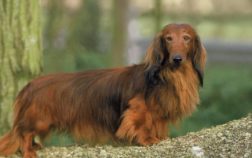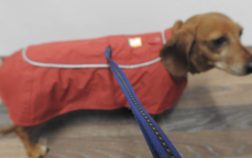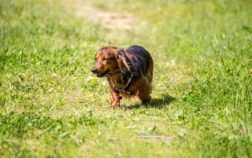So, you’re kneeling to give your pet a hug and a kiss and you’re greeted by a foul smell. Why do dachshunds have bad breath and what to do about it? Is this a serious or a unique problem for dachshunds? Does it require a serious medical intervention or is a diet change all that’s necessary? Let’s see by examining why do dachshunds have bad breath below.
Why Do Dachshunds Have Bad Breath?
There are three possible groups of reasons why do dachshunds have bad breath:
- Eating low-quality food or garbage off the ground or in the trash can
- Lack of dental hygiene in the form of toothbrushing or playing with dental chew toys
- More serious internal problems such as diabetes, kidney disease, liver failure, respiratory issues, throat or mouth tumors, gastrointestinal problems, and others.
Do Dachshunds Have Bad Breath More Often Than Other Dogs?
Now that we know why do dachshunds have bad breath, it’s normal to wonder if that’s a unique issue for them. Statistically, dachshunds do seem to suffer from bad breath more often than most. This isn’t due to a higher chance of internal problems, however, but seems to be because they are rarely given chew toys to play with, resulting in extra plaque buildup.
How To Help Your Dog If It Has Bad Breath?
If the issue is that your dog has eaten something smelly, then the solution is simple – stop that from happening again. If you’re dealing with a more long-term problem, however, you’d need to see your vet. Even if you’re certain that it’s just dental plaque and you’re preparing to start brushing your dog’s teeth regularly, a quick vet visit is still recommended.
How To Brush Your Dog’s Teeth?

Learn more about: 6 Easy Home Remedies To Get Tartar Off Dog’s Teeth
Brushing a dog’s teeth sounds complicated but it really doesn’t need to be. The process is, in fact, quite simple:
- Get a canine toothpaste – those products are not only designed to properly clean dogs’ teeth but also to taste nice and be enjoyable for your pet (poultry, peanut butter, etc.).
- Get a soft-bristled dog toothbrush that’s of the proper size for your dog’s mouth and teeth – dog-specific toothbrushes are not just softer but have angled bristles too.
- Allow your dog to get familiar with both the brush and the paste before you start brushing its teeth.
- For the first couple of days get your dog used to the sensation of you touching its teeth and gums with your fingers – do when your dog is calm and relaxed, be gentle, and sprinkle in lots of pets and praise. You can put a bit of the toothpaste on your finger for your dog to start enjoying it and viewing it as a treat.
- Once your dog is used to you “playing with his gums” after a few days/attempts, start actually brushing your dog’s teeth with the brush and toothpaste. Brush in small and gentle circles. If your dog licks the toothpaste too quickly, simply add some more. Remember to only do this when your dog is calm and relaxed, and to accompany the process with lots of praise and petting.
And that’s about it. Remember, when in doubt or when things aren’t going well, always slow down, deescalate, or postpone the activity. If you start forcing the dog to do something it isn’t comfortable with, it will only get more uncomfortable with it.
In Conclusion, Why Do Dachshunds Have Bad Breath and How Can You Help?
Bad breath in dachshunds happens for the same 3 reasons it happens in all other dog breeds – 1) eating bad food or non-food garbage, 2) lack of dental hygiene, 3) and/or an internal health problem.
The first two are easy enough to fix at home by changing your dog’s diet, restricting the dog’s access to the trash can, and regularly brushing your dog’s teeth. If your dog has a health issue, however, you’re going to have to go to the vet as soon as possible.
FAQs
[rank_math_rich_snippet id=”s-49dd4aa1-2850-46e3-af26-78225b8d6cd4″]




